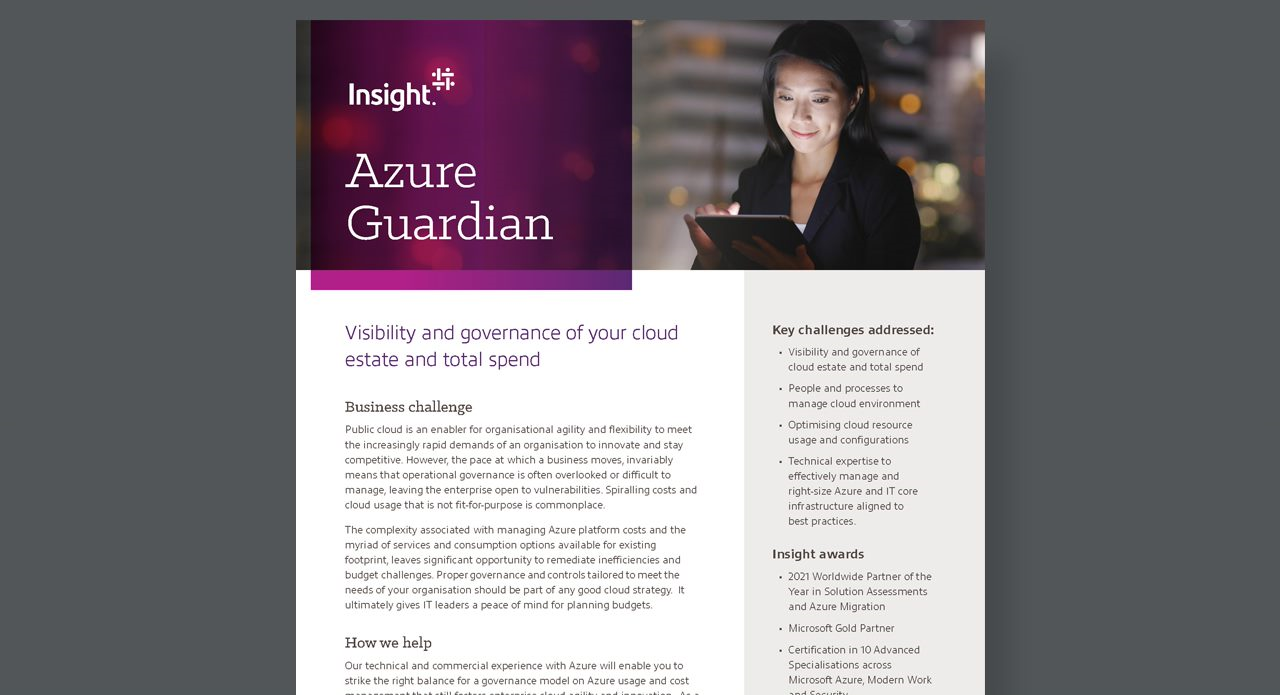In its simplest terms, HCI is the combination of network, compute and storage into a single physical appliance managed using a single platform.
Naturally, it’s a little more complicated than that but it has already made significant inroads into the SMB and enterprise markets. Gartner estimates the market for HCI appliances is worth $2.8 billion, but this is set to rise to $6.5 billion this year with the sector populated by major vendors and innovative newcomers.
HCI represents a shift from the traditional method of procuring IT equipment such as servers and networks in isolation, and organisations are recognising the operational and cost benefits of making on-premise IT behave more like the public cloud.
There are many benefits to HCI but the storage component is considerable. HCI has the potential to change the way organisations store their data, bring new storage technologies to a wider audience and reduce complexity.
What is HCI?
It’s best to view HCI as a framework rather than a product. It’s true that most adopters have purchased an appliance from a vendor, but the fact is that most HCI systems use commoditised components such as off-the-shelf servers and hard drives and that the true innovation is the software.
HCI’s software-defined approach abstracts the storage, compute and network elements into pools of resources that can be drawn upon by virtualised workloads. All of this is controlled by a hypervisor and single management layer, making it comparatively simple to use.
It is possible to create clusters by deploying multiple HCI appliances in data centres. Each of these ‘nodes’ contributes to shared pools of resources and helps mitigate the threat of downtime or an outage. Even if multiple nodes are deployed, a single management platform is used to control all of them. There are some cost benefits too, as HCI takes up less rack space and consumes less power.
In many ways, HCI is a natural extension of virtualisation and shares some similarities with composable infrastructure, which virtualises compute, storage and network capabilities into a central pool of resources for applications to draw from.
However, with HCI these resources are still separate and preconfigured for specific use cases meaning composable infrastructure is more suited to large workloads. Composable infrastructure also eschews a hypervisor layer.
There are also similarities with converged infrastructure which differs in that many of the components can be separated while some of the hardware is proprietary.
The main selling point of HCI is simplification. Not only is it easy to manage but it unifies hardware lifecycles, allowing for more certainty with planning and budget allocation. It also provides organisations with a single vendor to contact if anything goes wrong.
Hyperconverged Storage
With this in mind, the storage component of HCI is a considerable factor when making a decision to opt for HCI or to stick with more traditional on-premise equipment.
Some might prefer to stick with a Storage Access Network (SAN) or Network Attached Storage (NAS) to cope with growing demand. There are some benefits to this in that businesses can opt for the best-in-class product, while SAN has its own dedicated processing power.
Meanwhile, traditional storage setups can work with multiple systems, whereas virtualised storage on HCI can only work with virtual machines operating on that HCI cluster.
However, this approach results in a more complex environment. HCI is simpler to manage, while IT departments don’t have to concern themselves with managing and patching dedicated storage equipment. HCI also means you don’t need to run a dedicated SAN as HCI nodes work over Ethernet.
And that’s before you consider the other benefits of HCI, such as simplification, efficiency and reduced downtime.
HCI is also making software-defined storage (SDS) available to a wider audience, while the falling cost and increasing density of solid state storage mean many systems will be all-flash.
How is it being used?
Just about every major supplier supports HCI, including VMware, Dell EMC and Cisco, while several specialists have emerged in the marketplace.
Again, it is the software that is considered the truly innovative aspect, with HCI available as an appliance, reference architecture or even on a software-only basis. While hardware is clearly an important consideration, the key differentiators are the bundled features such as disaster recovery and security.
Organisations that have adopted HCI use it for a number of different workloads, including databases, file and print services, collaboration software, software suites like SAP and Oracle, analytics and web servers.
HCI has even found its way to the race track, with Formula 1 cars using HCI technology in its quest to win the Formula 1 World Driver and Constructors’ Championships.
Formula 1 cars generate huge amounts of data that must be captured by on-site IT infrastructure so it can be analysed by the team both at the track and back at base. Some decisions, such as when to pit are decided by analysis from on-site IT infrastructure, while back at base more than 50TB of data, 400GB of which is collected every race weekend.
The adoption of HCI allows orgranisations to reduce their infrastructure sprawl and improve performance. This allows your team to remain agile and flexible in a challenging, dynamic environment.



